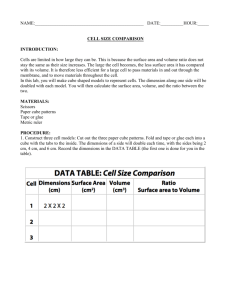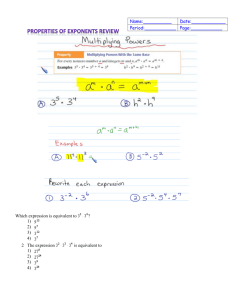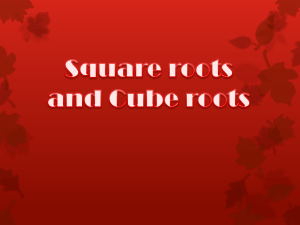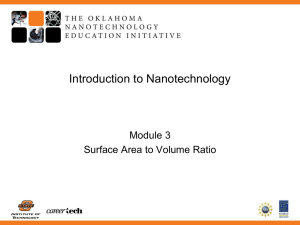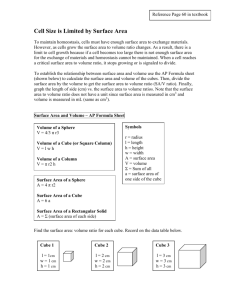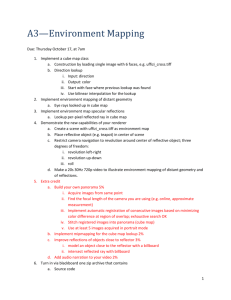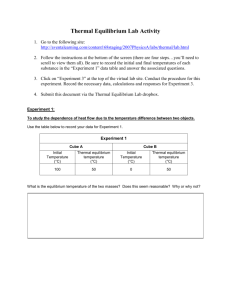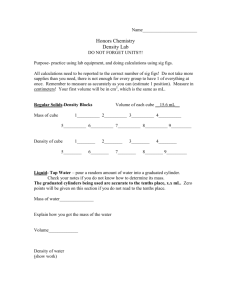doc
advertisement
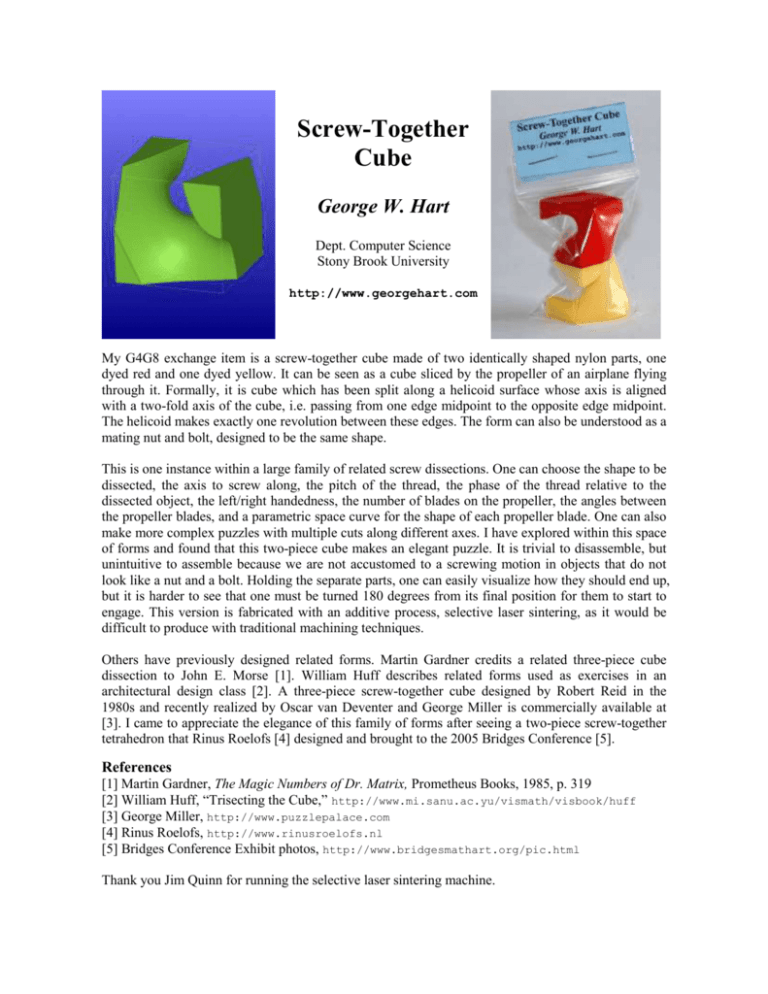
Screw-Together Cube George W. Hart Dept. Computer Science Stony Brook University http://www.georgehart.com My G4G8 exchange item is a screw-together cube made of two identically shaped nylon parts, one dyed red and one dyed yellow. It can be seen as a cube sliced by the propeller of an airplane flying through it. Formally, it is cube which has been split along a helicoid surface whose axis is aligned with a two-fold axis of the cube, i.e. passing from one edge midpoint to the opposite edge midpoint. The helicoid makes exactly one revolution between these edges. The form can also be understood as a mating nut and bolt, designed to be the same shape. This is one instance within a large family of related screw dissections. One can choose the shape to be dissected, the axis to screw along, the pitch of the thread, the phase of the thread relative to the dissected object, the left/right handedness, the number of blades on the propeller, the angles between the propeller blades, and a parametric space curve for the shape of each propeller blade. One can also make more complex puzzles with multiple cuts along different axes. I have explored within this space of forms and found that this two-piece cube makes an elegant puzzle. It is trivial to disassemble, but unintuitive to assemble because we are not accustomed to a screwing motion in objects that do not look like a nut and a bolt. Holding the separate parts, one can easily visualize how they should end up, but it is harder to see that one must be turned 180 degrees from its final position for them to start to engage. This version is fabricated with an additive process, selective laser sintering, as it would be difficult to produce with traditional machining techniques. Others have previously designed related forms. Martin Gardner credits a related three-piece cube dissection to John E. Morse [1]. William Huff describes related forms used as exercises in an architectural design class [2]. A three-piece screw-together cube designed by Robert Reid in the 1980s and recently realized by Oscar van Deventer and George Miller is commercially available at [3]. I came to appreciate the elegance of this family of forms after seeing a two-piece screw-together tetrahedron that Rinus Roelofs [4] designed and brought to the 2005 Bridges Conference [5]. References [1] Martin Gardner, The Magic Numbers of Dr. Matrix, Prometheus Books, 1985, p. 319 [2] William Huff, “Trisecting the Cube,” http://www.mi.sanu.ac.yu/vismath/visbook/huff [3] George Miller, http://www.puzzlepalace.com [4] Rinus Roelofs, http://www.rinusroelofs.nl [5] Bridges Conference Exhibit photos, http://www.bridgesmathart.org/pic.html Thank you Jim Quinn for running the selective laser sintering machine.

